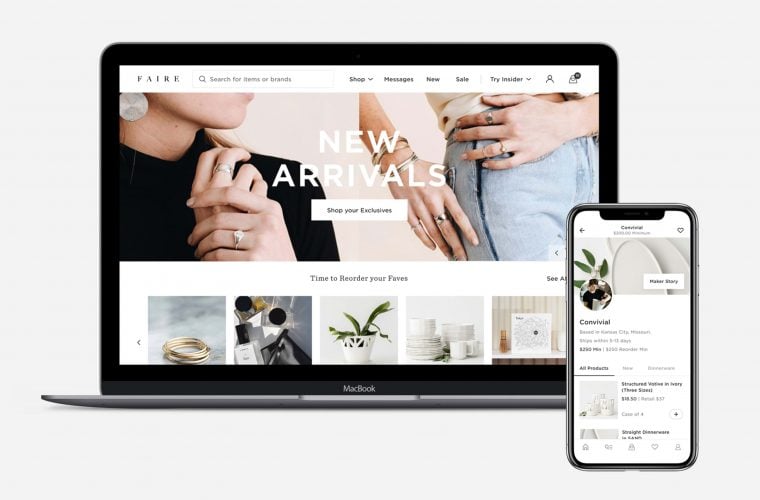
How Retailers Can Showcase Environmental Awareness to Consumers
According to WSJ, “64% of consumers list recycling and reusing among their top three concerns” which spells it out pretty clearly: brands are expected to address their impact on the climate, regardless of industry.
Whether you’ve just started your journey to sustainability, have been making changes for a few years, or want to get started: This article will showcase a few of the ways that brands can show consumers that they’re working to reduce their carbon footprint and be a part of the solution, rather than the problem.
Understand Your Carbon Footprint
Everyone starts somewhere and for brands, it needs to start with understanding how your current business model, supply chain, and practices impact climate change.
Start by addressing the following questions:
- What CO2 emissions are related to your internal business affairs? What is the root cause of them? This is typically the easiest question to answer, as it’s likely that you needed this information to operate.
- What CO2 emissions are related to your vendors and suppliers? This is typically the hardest, as not all suppliers will have this information readily available.
If you’re not sure how to find this information, look for a climate consultant through reputable agencies like Climate Neutral, Carbon Neutral, and the Climate Registry. These agencies will be able to help you understand how your internal, ancillary, and external operations impact your company’s carbon footprint.
Tell Consumers How You’re Going to Change
Environmental awareness begins with understanding how your business impacts climate change and making conscious decisions to minimize that impact. For some, this means choosing better materials before production begins and for others, it’s changing how you package your products or fulfill your service. That said, once you do have an idea of the CO2 emissions your business is responsible for, you can begin building your sustainability plan into your strategic business plan.
Here are a few ideas of how you can start making environmentally aware changes today:
- Encourage reusable shopping bags and containers. One small step in the right direction is to encourage your customers to bring their own shopping bags in to the store. Reducing plastic waste goes a long way for our oceans. Likewise, grocers and other retailers that sell ingredients and materials in bulk can allow consumers to bring in their own containers to reduce additional plastic waste. You may even want to sweeten the deal by allotting customers discounts for bringing their own reusable shopping bags and containers in to your store.
- Allow for remote work. Have a ton of people who just sit in the office and don’t contribute to the day-to-day of your digital or brick and mortar business? Tell them to work from home. It’s no secret that traveling to work has a huge impact on the environment. In fact, one of the benefits of the pandemic was the reduction in greenhouse gas emissions
- Encourage public transport. Instead of buying parking passes, incentivize your employees to take public transport by sponsoring a bus pass. With less cars on the road and more unified transportation systems, your team can make a positive impact on the environment.
- Explore renewable energy for utilities. How much money would you save with solar panels? Now is the time to explore that, as many more sources of renewable energy have become available over the past couple of years. In fact, some states even offer tax reductions for brands that look to improve their energy efficiency.
- Commit to improving your supply chain by working with vendors that have a sustainability plan of their own. More often than not, vendors are proud to share this information. If they’re not, you’ve found the answer you’re looking for. Set goals to replace your vendors with suppliers that care for the environment.
- Understand where technology can replace paper. There are a lot of ways robotic process automation can remove paper waste from your organization. From payroll to inventory, automating your business and bringing it into the digital age can help you reduce paper waste.
With a plan in place, release this information to the public, alongside how you’re going to change it. Consumers want to see your business being accountable. Even if you’re not going to be carbon neutral in a year’s time, consumers will appreciate your honesty. An example from a large brand is Patagonia, who houses their pledge to become carbon neutral by 2025 here.
Conclusion: Commit To The Climate Change Fight
Outside of your business, align your brand with climate-friendly initiatives. Publicly support climate change initiatives, as well as revisit your emissions frequently. Wherever possible, run campaigns aimed at encouraging consumers to join you in your climate pledge. No one ‘goes green’ over night, but actions do speak louder than words.














